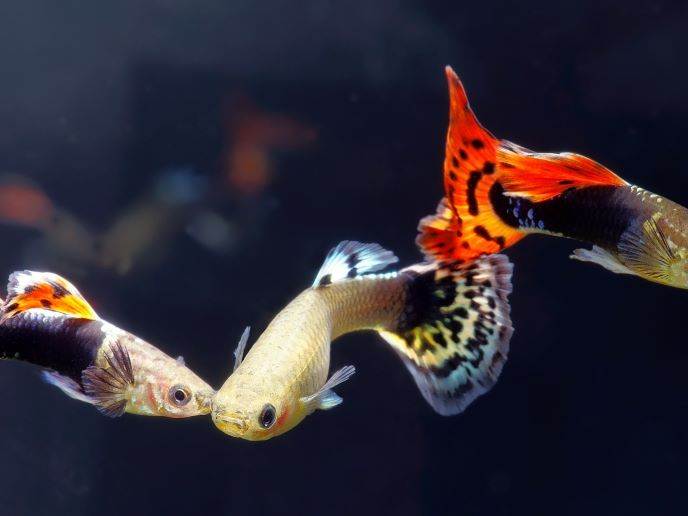Solving the enigma of balanced lethal systems
Balanced lethal systems are evolutionary conundrums. This strange genetic set-up means that an organism needs two versions of a chromosome – A and B – to survive. Only individuals that possess both versions are viable for survival, yet any offspring that inherits two copies of either version by chance will die. “This hereditary disease results in a huge die-off,” says Ben Wielstra(opens in new window), an evolutionary biologist at Leiden University(opens in new window) and the Naturalis Biodiversity Center in the Netherlands. “It seems counterintuitive that such a maladaptive situation would ever evolve.” Yet balanced lethal systems exist in both animals and plants. Why would they evolve? The BALANCED LETHALS project, which was funded by the European Research Council(opens in new window), sought to find the answer to this evolutionary enigma. Wielstra and his team explored the balanced lethal system in Triturus, a genus of newts.
From supergene to bloopergene
The two different chromosome versions in a balanced lethal system are ‘supergenes’, as they are inherited as if they were a single gene. “A balanced lethal system by definition comes with a huge reproductive cost,” adds Wielstra. “Therefore we have coined the tongue in cheek phrase ‘bloopergene’ to refer to the supergene driving the balanced lethal system.” To dig into these bloopergenes, the team studied the huge and complex newt genome for the first time, using evolutionary modelling to find a scenario in which the system could have originated, and describing in detail its genomic architecture. “This is the first time that the birth of a balanced lethal system has been worked out,” says Wielstra.
Why natural selection may not be our friend
The BALANCED LETHALS results showed that compared to the ancestral state, the A and B versions each lack a unique large chunk of DNA covering many genes, while this missing chunk is duplicated on the other version. As a consequence, both versions are required to possess a full set of genes, explaining why all adults have both. Individuals that receive either version twice die inside the egg. The researchers concluded that the ancestral chromosome must have been transferred – in its entirely – into the Triturus ancestor from an evolutionary lineage that was not a close relative, before it split into the A and B version. “While losing the ancestral chromosome must have been a freak accident, the balanced lethal system is extremely stable once it has been fixed,” explains Wielstra. While natural selection is normally associated with the many elegant adaptations seen in nature, the results suggest this may not always be the case. “BALANCED LETHALS drives the point home that evolution by natural selection does not care – is not capable of caring – about us,” remarks Wielstra.
Explaining evolution with a deadly twist
The team used the balanced lethal system as a way to teach the basic principles of natural selection through public engagement. This included publishing several popular papers and running a dedicated lab practical at Leiden University. The researchers are now producing a Triturus genome – not an easy feat given the vast size — and are studying gene expression in order to home in on the genes responsible for death. “The next big research project I want to undertake will tackle how the balanced lethal system actually operates – how it kills,” notes Wielstra. “This will be really exciting.”







